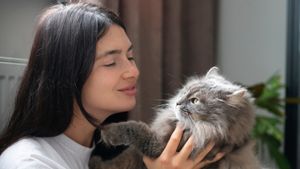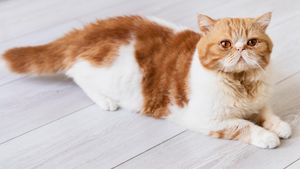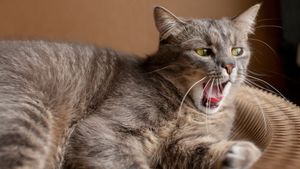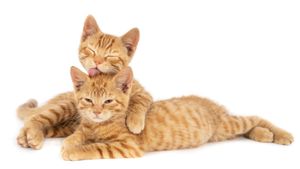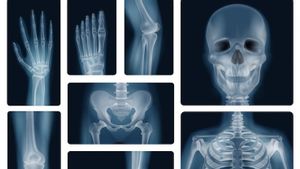YOGYAKARTA Many people wonder why cats can spend all day lying on their backs. Not only that, cats can also jump up to 2 meters more without training. Rowyn C. Rose, a science communication specialist at Basepaws, explains why cats can jump high.
All domestic pet cats or cats are descendants of stray cats, Rose said. They are a species inhabited by trees. They must be able to jump quickly and perch at altitude for safety, observation, and rest. Cats also require the ability to jump, twist, and turn to catch prey and avoid predators. Although domestic cats are only at home, they retain many of the same anatomical characteristics of their ancestors.
Rose said the domestic cat physiphysi was designed perfectly and made the favorite anabul a great leaper.
Rose explained, cats have more than 500 muscles. All of these muscles are used when jumping. The muscles are strong and flexible which gives them strength to reach altitude and jump distance.
Maybe you've seen cats jump, they'll be on standby, especially involving the full back leg. The ability to jump a cat, supported by stronger and longer rear legs and muscle fiber that supports its body can air. In addition, their rear legs are tilted to help reduce shocks better when landing.
An adorable cat Paws, it turns out to have dozens of neural receptors. This helps anabul assess the best surface for jumping and maintaining balance. Cats also use their tails for a stable balance.
When it landed from the jump, the cat stuck out its front leg to reach its destination after the back leg pushed it forward.
"Their front legs allow for more stability, and their clawes can also help them grip the landing surface, which can provide more stability," Rose said.
A cat has more than 200 bones, including 23 in its tail and 30 in its spine. The flexibility of the cat's spine and its capabilities are curved, allowing them to correct directions while in the air. It's also useful to keep them from falling or crashing.
The length of the cat's mustache will match the diameter of its body. Their robe, has a proprietive follicle cell that allows cats to feel the position, location, and orientation of their bodies related to landing on the ground. Cats can also feel small vibrations of air current, protect the eyes and face from objects, and assess the distance and size of space, all of which are important for the jump process.
VOIR éGALEMENT:
As explained above, cats can jump more than 2 meters, both vertically and horizontally. However, for short-legged cats such as the Munchkins race, it may be able to jump less than that distance. Rose mentions cat breeds known to be capable of jumping, including Siberia, oriental shorthair, airy, and Abyssinian.
The English, Chinese, Japanese, Arabic, and French versions are automatically generated by the AI. So there may still be inaccuracies in translating, please always see Indonesian as our main language. (system supported by DigitalSiber.id)



